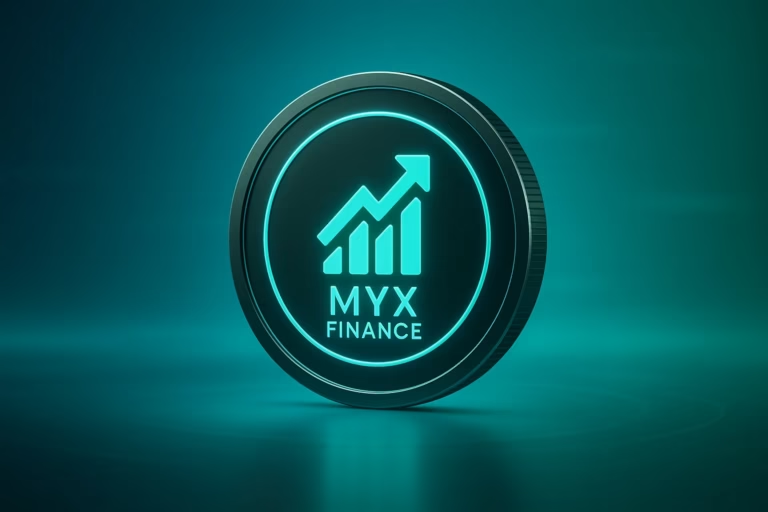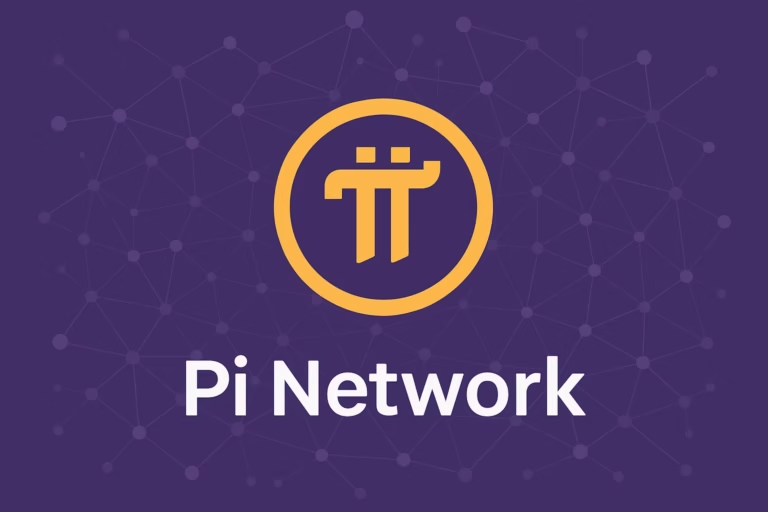
- Polygon is nearing 10 million monthly active users, signaling significant growth for the network.
- Despite this milestone, the price of MATIC has declined alongside reductions in network growth, transaction counts, and DeFi activity, posing challenges for Polygon’s future development and investor sentiment.
Polygon, a popular blockchain scaling solution, was recently on the verge of surpassing 10 million monthly active users, marking a significant milestone for the network. Despite this achievement, the price of its native token, MATIC, has seen a decline alongside reductions in network growth and transaction counts.
The surge in Polygon’s user activity underscores its growing popularity among blockchain enthusiasts. According to data from Token Terminal, the network was nearing 10 million users at the time of writing, driven by the expanding Polygon ecosystem.
However, not all indicators have been positive. Analysis from Artemis revealed that decentralized exchange volumes on Polygon had decreased noticeably over the last few days. Similarly, the Total Value Locked (TVL) on the network dropped from $1 billion to $942 million during the same period. These factors have collectively contributed to a decline in network-generated fees and revenue.
The faltering metrics have raised concerns about Polygon’s ability to scale effectively and finance necessary network improvements in the future. Code commits and the number of core developers have both seen declines, suggesting a potential slowdown in updates and upgrades that are crucial for maintaining user sentiment and network efficiency.
Amidst these challenges, the price of MATIC has also faced headwinds. As of the latest update, MATIC was priced at $0.7062, reflecting a decline of 1.82% over the past month. This decline has coincided with reduced network growth and transaction volumes, highlighting waning interest from new addresses.
Polygon’s struggles are occurring against the backdrop of a competitive cryptocurrency landscape where other networks are rapidly gaining popularity. Despite the setbacks, Polygon has continued to attract a dedicated user base, thanks to its efficient scaling solutions and diverse ecosystem.
What Lies Ahead for MATIC?
Looking forward, the future of MATIC will likely depend on how Polygon addresses its current challenges. Improving decentralized exchange volumes, increasing Total Value Locked, and revitalizing developer activity are critical steps towards restoring investor confidence and supporting MATIC prices.
Additionally, broader market trends and the overall sentiment towards cryptocurrencies will play a significant role in shaping MATIC’s future trajectory. Should Polygon successfully navigate its current issues and capitalize on its growing user base, there remains a strong potential for MATIC to recover and thrive in the competitive crypto market.
While Polygon’s achievement of nearly 10 million monthly active users represents a significant milestone for the network, challenges remain in maintaining growth and sustaining investor confidence. The coming months will be crucial in determining whether Polygon can overcome its current hurdles and revitalize MATIC prices, amidst a rapidly evolving blockchain landscape.




